All products featured are independently chosen by us. However, SoundGuys may receive a commission on orders placed through its retail links. See our ethics statement.
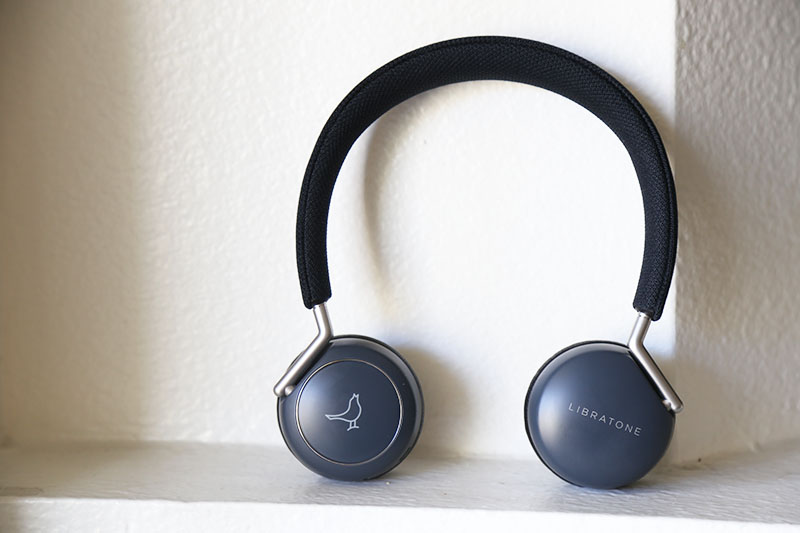
September 2016
$249
7.5 x 2.4 x 7.5 inches
2.4 pounds
LP0030000EU5002
The Q Adapt Wireless were envisioned by Danish entrepreneurs who wanted to liberate listeners from being leashed by wires. Libratone started in 2009 with the intention of giving the consumer an audio experience which was a blend of design and technology. Libratone’s focus on design has brought the Q Adapt Wireless On Ear Headphones to the market: a beautiful device with excellent technology relevant for today’s consumer. Does it have the audio fidelity that will let it compete with other high end headphones in the current wireless landscape?
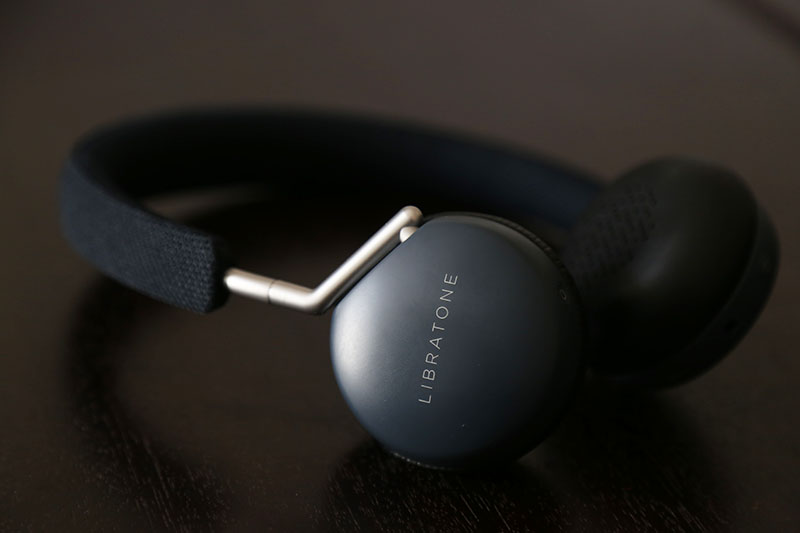
What’s Inside
The Q Adapt Wireless Headphones come in a premium packaging that makes you feel like you are being given a gift. The package is thick with a soft to the touch feel and is shaped like an old time hat box. The headphones are laid snugly inside with a hard packed foam protecting them. In the center is the charging cable and an auxiliary cable to use if the batteries run out. Both are braided and happily welcomed for a product in the premium end of the consumer price spectrum. There is documentation, but the real juicy part of the package comes from the free app that accompanies the headphones.
The Libratone app is where the active noise canceling technology gets controlled. The app is well crafted, but, like many apps now, there is a lack of explanation in favor of a clean aesthetic. While the app delivers as a way to view stats of the Q Adapts on the phone, I did not feel like it added anything significant to my listening experience. At best, I felt like they were a hinderance as I had to install the software before the headset would pair with my iPhone, and on top of that, it immediately had a firmware update during which the phone could not be in any type of screen off mode. Once paired the Q Adapts are able to be used immediately, however the noise canceling was better after the firmware update.
Build & Design
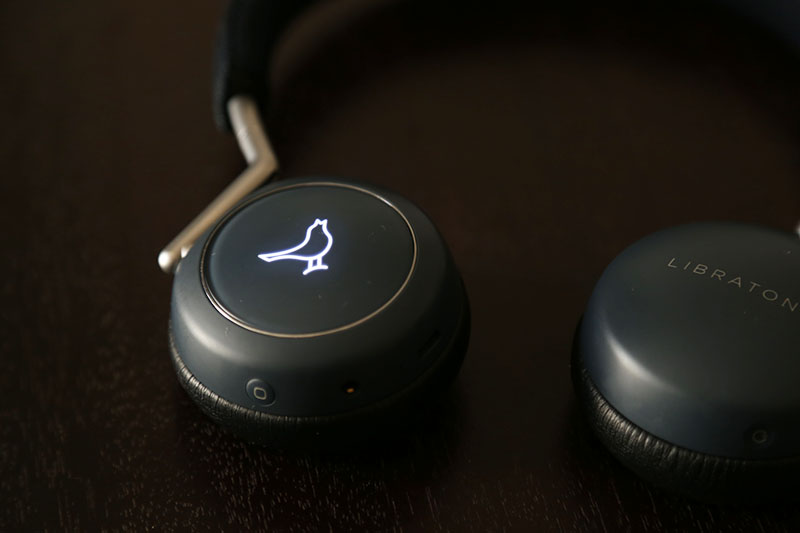
The biggest problem I had with the set, even though they were gorgeous, was that they had a hard time fitting my head. For a device so well thought out and clean, the designers forgot to think about people with different head sizes. Moving all the adjustments to the maximum size made the headset looser, but the tightness of the band was unacceptable almost immediately after putting them on. Aside from that, the headset struggled to keep proper tension when the ear cups were swiveled out of their neutral position, another problem made apparent by my anatomy by way of my large ears. When this happened the headset had trouble balancing on my head and would often fall off, which becomes even more of a problem when doing activities such as exercise or bending over to pick something up.
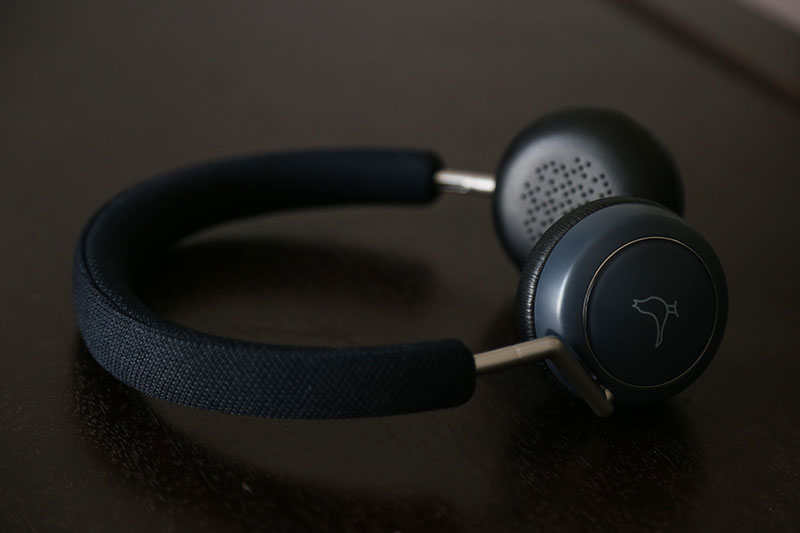
Another glaring problem is the sensitivity of the touch controls. The ear cup touch controls were so sensitive to the touch that I would accidentally hit it with my shoulder or swipe it with a sleeve and it would activate one of the many gesture control options. There is nothing that allows you to change this sensitivity either, so you must always be careful with your appendages when using the Q Adapts. To be fair, I let a person with a smaller head than me try out the Q Adapts and she did not have any of my problems while using the headset for an extended period of time. Perhaps Libratone could address this with a lighter tensioned headband made for people with larger heads.
Connectivity
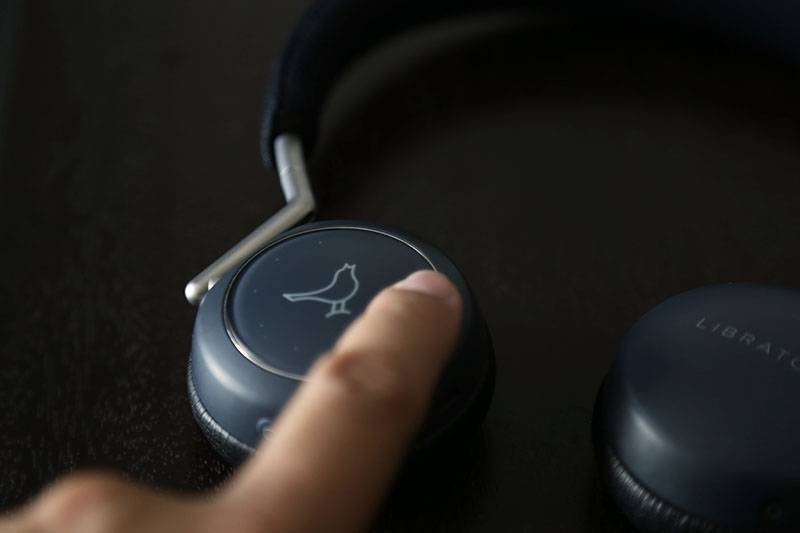
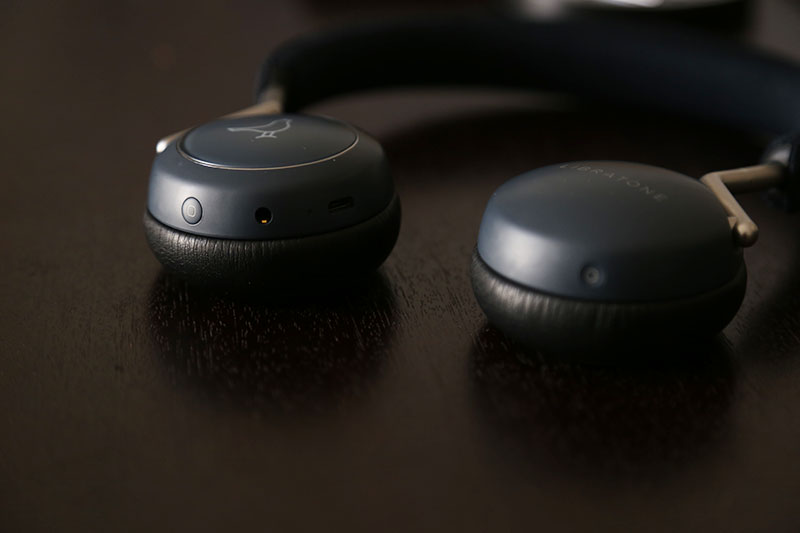
Battery
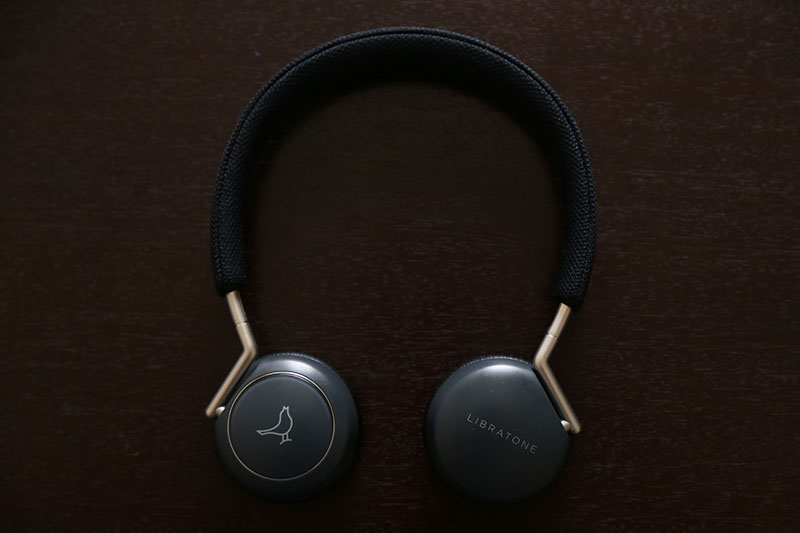
Libratone’s claim of 20+ hours of battery life for the Q Adapts was quite bold. Forget to charge your headset overnight? No problem, it can go all week without needing a charge. That’s a real statement. Depending on the settings, the Q Adapt On Ears can go between 16 and 18 hours from my testing. Using the ANC at highest settings pushed it closer to the 16 hours and using it less went up to the 18 hour mark. And the in between settings nestled right in between those time frames.
While the headset does not quite meet the claims, they certainly last more than enough time to handle your commute on public transit, separating yourself from the office, a gym session, and a listening session on the couch and it won’t bat an eye. And even if the batteries go out, you can still connect physically to your device via the 3.5mm cable so the listening will never stop.
Sound Quality
Sound quality for the Q Adapts was a divisive issue for me. I wanted to like it because the look of the headset was so clean, but unfortunately it was a mixed bag that left me more confused and dissatisfied about what I was getting. The Q Adapt On Ears offer a better sound experience than a lot of headphones on the market. That said, they don’t do as good a job at reproducing sound and the differentiation between instruments is puzzling considering how much effort Libratone exerted into trying to tailor sound profiles for different listeners.
In the Libratone app, we are given three different sound profiles to pick based on preference: Neutral, Extra Bass, and Extra Treble. I kept it on the Extra Bass setting because the headset felt like it could use a little bit more than the small drivers could muster. What I could notice were bumps in the bass volume or treble volume when switching between the modes and how much choosing one of the options would change the profile of what you were listening to.
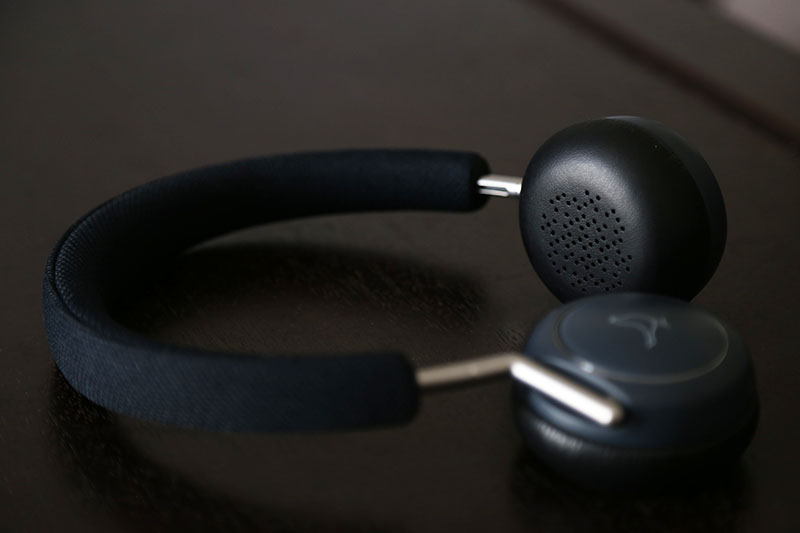
Lows
The bass response was saddening for me. My baseline for bass is “Alone” by Marshmello because there is a diverse amount of bass tones throughout the song. While you could tell there were different bass notes, they did not feel alive nor did they have an impact on my listening experience. The Extra Bass mode made them louder, but it was not what I expected. Overall the bass felt soft and on occasion, especially with Extra Bass mode on, notes blended together and were hard to differentiate. If I were at the gym this would not matter as much as if I were at home listening because of the different focus in the different environments, and it is made even more complicated by the Active Noise Canceling which only exacerbates the faults in the bass quality.
Mids
Mids were more acceptable on these headphones. Dialogue is clean and discernible when listening to “Give It Up” by Nathan Sykes. However, they would occasionally get overpowered by bass if Extra Bass was on and would sound more tinny when Extra Treble was on.
Highs
The highs were acceptable under the Neutral and Extra Bass settings, but when Extra Treble turned on, it was nothing short of disappointing. On the Neutral and Extra Bass settings, the highs were clear and pretty accurate. Unfortunately as soon as Extra Treble comes on, the volume goes up and the quality of the sound actually diminished because the highs start sounding too tinny. For me, this made the Extra Treble setting unable to be listened to because this mode took the most away from me by degrading sound quality of the lows, mids, and highs all at once.
Conclusion
Libratone’s Q Adapt Wireless On Ear Headphones are a mixed bag for me. In honesty, I did not mind bringing them to the gym where the active noise canceling was welcomed, but I realistically do not listen to music carefully at the gym. When I sat down to enjoy music, I felt the headset lacking. The tension in the band would be unbearable over time , and the ear cups could not make a good seal on my ears because of their size as well as rotating too easily away from my ears.Then there was the audio. It could have been so good, but for all the options Libratone gives you, I felt like they fouled on all of them.
With it’s saving graces being style and battery life, the Q Adapt Wireless On Ear’s greatest calling is for travelers or people on the go who require a lightweight, well built, long run time wireless headset with active noise canceling. At $219 The Libratones are available from their website and Amazon.